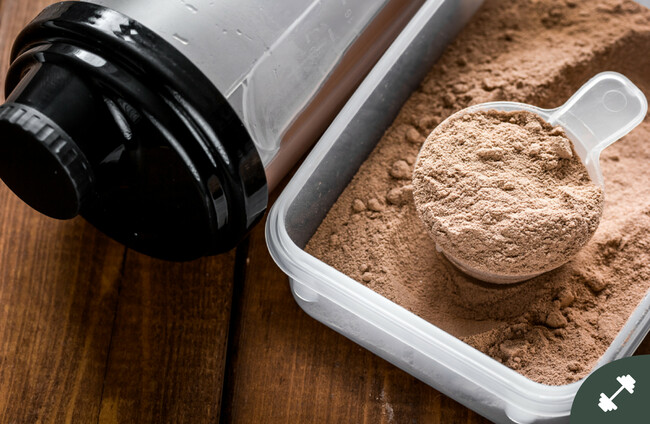PRODUCTS THAT HAVE become very popular among sporting populations and gym goers of late are energy drinks and pre-workout supplements.
You won’t go into your local gym without seeing an adolescent looking in the mirror while drinking a can of Monster when only half-way through his or her session.
And, it’s not just adolescents. I’ve seen more experienced exercisers knock back their pre-workout shot and go straight into their first set.
But what is in these products that makes them so popular? Let me explain…
There are a few differences between energy drinks and pre-workout supplements. The main ergogenic aids in energy drinks are caffeine and carbs (sugar).
However, zero-calorie drinks are much more popular nowadays and it’s probably for the better, unless you really need the extra calories.
Caffeine
Elevated levels of caffeine can appear in the bloodstream 15-45 minutes post ingestion, but peak levels are reached one hour after ingestion. The benefits include increased focus, delayed fatigue and therefore better performance.
Caffeine has also been seen to reduce reliance on carbohydrates and utilises fat oxidation at around 5mg/kg which would be beneficial in endurance exercise.
With caffeine, more is not always better, however, and 3-6mg per kg of bodyweight has been shown to work best. Remember to be prepared and consume your caffeine before you arrive at the gym.
Beta Alanine
If anyone has ever taken a pre-workout drink and felt tingling of their skin (parasthesia), this is the ingredient responsible.
Beta alanine acts like a buffer in your muscle cell to allow you to perform better. When your muscle becomes too acidic it becomes fatigued. Lactic acid build up occurs from high intensity exercise and the use of carbohydrates for fuel.
This lactic acid splits from its hydrogen ion and gets shuttled back to the liver to convert back to glucose to be used for fuel. The hydrogen that’s left behind causes a change in muscular pH. Beta alanine works to buffer this hydrogen to allow you perform for longer at high intensities.
The dose that is needed is 4-6g per day.
Citrulline
Citrulline is another useful ingredient but the dose is important. A lot of pre-workout supplements will contain 1-2g of citrulline malate in their product.
However, the dose that is most beneficial is 6-8g. This will increase the cost of any good pre workout supplement. My advice is to buy citrulline malate separately and add it to your pre-workout shake.
Citrulline increases blood flow to the muscle which in turn increases nutrient availability in the muscle and excretion of any waste products. This will allow you to perform for longer but also increases the ‘pump’ during a gym session.
Energy drinks and pre workout drinks can be very beneficial, but you have to know what you’re taking, when and why.
If you have any questions relating to these products please leave your comments below or to sign up for a one to one consultation, email contact@jonnyholland10.com
You can follow Jonny’s journey over the next 12 weeks right here:

